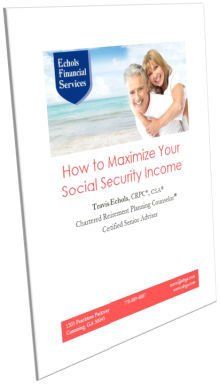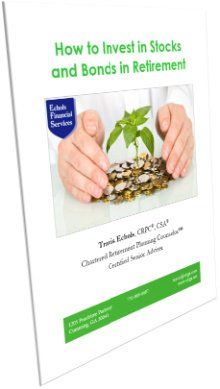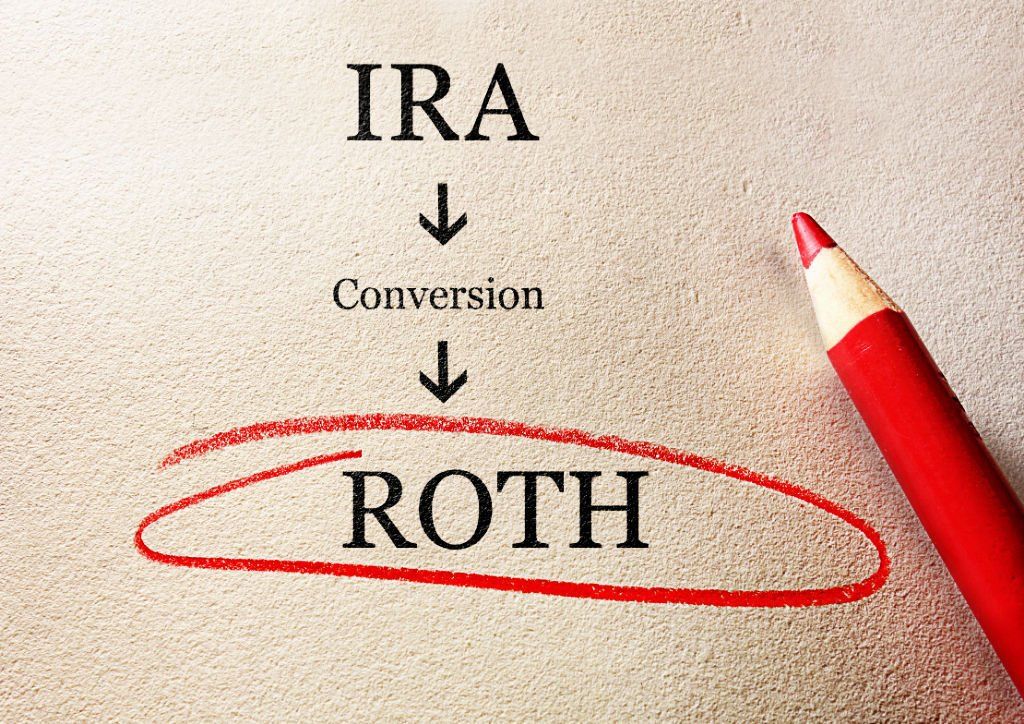How to Be a Happy Investor

More and more I realize that events in and of themselves are often not as important as the meaning we attach to those events. I’m certainly not saying that it is beneficial for a person to subjectively fabricate false meanings, or that events themselves cannot be traumatic. But the false beliefs we attach to events can many times be more harmful to us than the events themselves.
This also holds true regarding financial events. I’ve written before about behavioral biases that cause us to unknowingly make self-destructive financial decisions. These are all rooted in attaching the wrong meaning to events.
I wrote an article last
year Five
Ways to Increase Happiness by Spending Money
. But in this article you are reading, I want to talk about how
to increase your happiness as an investor
.
Sign up to receive other helpful email articles on retirement planning--free of charge
.
For an exercise, let’s take entrepreneur Mo Gawdat’s formula and apply it to our investment experience and see if we can gain some insights. Here is his formula:
HAPPINESS ≥ Your PERCEPTION of the events of your life − Your EXPECTATIONS of how life should behave
According to Gawdat’s model, if you perceive events as equal to or greater than your expectations, then you’re happy—or at least not unhappy.
Why this is helpful for investors is that it focuses our attention on the things that are under our control: Our perception and our expectations. We can work with these. What we have no control over are the direction of interest rates and the markets, etc. Whereas, focusing on the things we cannot control will inevitably lead to frustration.
EXPECTATIONS
Here are just a few examples of how unrealistic expectations can set you up for disappointment:
- Stocks should outperform bonds every year
- Stocks should predictably produce double-digit returns every year
- Stocks should produce positive returns every year (Remember the lost decade recently when the S&P 500 failed to deliver a positive return over a 10-year period?)
- I can predict downward market movements and sell out at just the right time to avoid loss
- I can predict upward market movements and buy in at just the right time to capture the gains
- I can pick which individual stocks are going to be big winners (being smarter than the hundreds of thousands of other investors that set the current market prices)
- The markets exist to meet my goals (The markets don’t know anything about your goals and do not care)
- A globally diversified
portfolio should outperform a concentrated portfolio over every time period
- A stock/bond portfolio should outperform a riskier all-stock portfolio
- The well-researched premiums of value, small cap, and profitability are all going to outperform all the time. See chart below. (These higher expected premiums are historically significant but not guaranteed.)

PERCEPTION
Your expectations are one part of the formula; your perception is the other part.
Consider the chart below…
…when stocks under-performed Treasury Bills,
…and when small company stocks under-performed large company stocks,
…and when low price-to-book (i.e., value) stocks under-performed high price-to-book (i.e., growth) stocks.

As you can see, even the
most robust and persistent risk premiums can under-perform for long periods. And
there is no way to predict if and when the out-performance will return. But, if
we are making thoughtful, well-researched decisions, we give ourselves the
highest probability of success by tilting our portfolios toward those extra
expected returns.
With that said, the results will sometimes be disappointing. We can always look back with 20/20 vision and see what we wish we had done. But what we should have done is often exactly what we did--if we made the best decision with all the relevant data that was available to us at the tim e. And that is the best we can do. And as I said in “I wish I had done that.” , making wise decisions over and over again is what gives you the advantage over time.
The secret to becoming a happy investor is to not let disappointments, which are inevitable, cause you to second-guess a well-designed strategy. And the more you understand the potential uncertainties of investing, the more your strategy can plan for such events in advance.
For example, knowing that stocks are much more volatile than bonds, as you approach retirement you probably want to consider decreasing your stock percentage to mitigate sequence-of-return risk. If the market takes a downturn, you want to consider re-balancing by buying more stocks. If you are taking income from your portfolio, after a downturn, you might consider withdrawing a little less until your portfolio recovers. These are all things you can expect over a long retirement and for which you can plan.
As Brad Steiman of DFA applies Gawdat’s happiness model to investing, “As an investor, your happiness depends on having realistic expectations about returns and viewing market events in proper context. These two factors can drive your sense of financial well-being and influence your financial outcome.”


Travis Echols , CRPC®, CSA
Receive free Social Security Guide by email




Investment Advisory Services offered through JT Stratford, LLC. JT Stratford, LLC and Echols Financial Services, LLC are separate entities.











